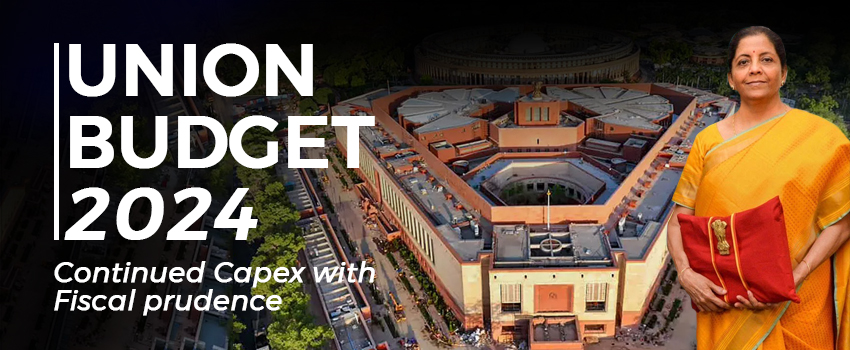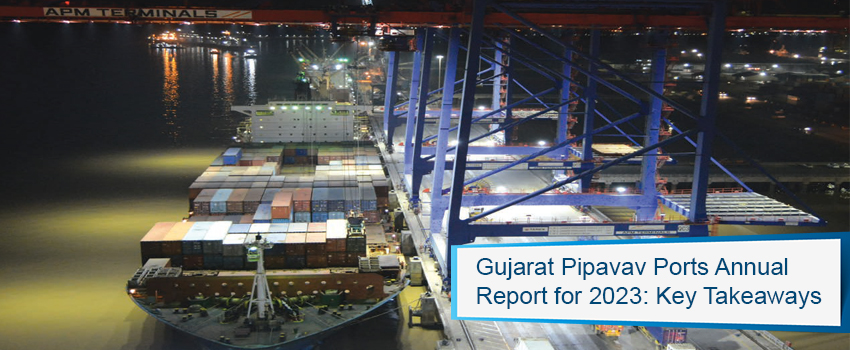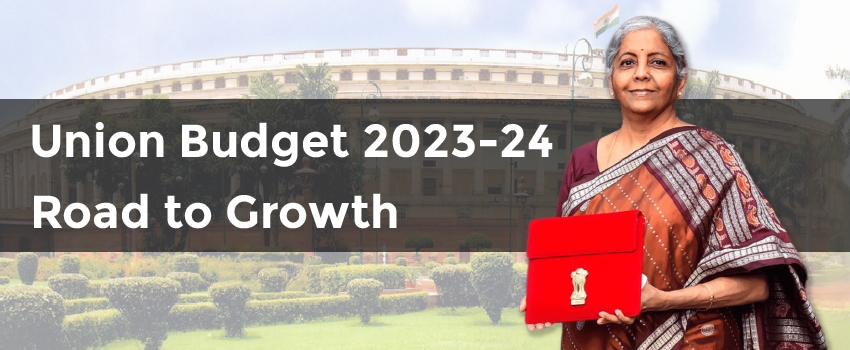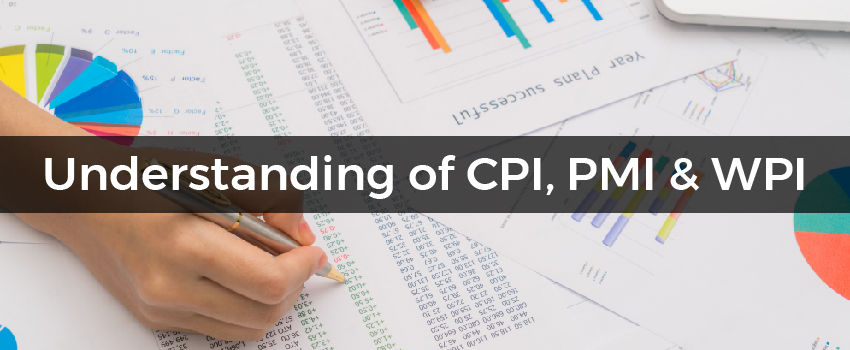A cursory look at the Investment world shows that the key phenomenon in the world of investment is cyclical in nature, repeating and showing a typical pattern of behaviour. Investment markets would always have period of irrational exuberance followed by period of irrational fear followed again by period of irrational exuberance. Such cycles of greed and fear are not the ones, which are so regular that they can be predicted with certainty (certainty of when they are likely to occur or how long they will last). Rather, their fluctuations can be counted on to recur, which is more significant, as it deals with human behavioural psychology of greed and fear. And history has been testament to this. It shows clearly that human behaviour has remained constant for last 200 years- in the world of investment. Mark Twain succinctly puts it in better words than mine:
“History doesn’t repeat itself but it often rhymes.”
In his fifth letter to his investors in 2013, the legendary chairman of Oak Tree Capital’s, Howard Marks, dwells on the cyclical nature of the investment markets and economy. He looks at how the financial market participants behave in a period of irrational exuberance. During this period, typically new innovative financial products start dominating the investment world (like CMO, CDS took financial markets in 2002-2008), large number of mergers and acquisitions happen at crazy valuations, companies with small revenues and little profit to show get lofty valuations and people, in general, cry, ‘This time it’s different’. On the other hand, he says, during the period of extreme risk averse, there are more analyst who firmly believe that we are entering a financial market apocalypse (or as one seasoned investor put it, there is a bubble in calling market bubbles!), industries shun investing in new productive assets, and during this time, even gold plated companies find it very hard to raise money from investors.
In brief, he says, when the economy is prospering and companies’ margins are improving, people’s confidence is on such a high place that it makes them aggressive. This makes the competition to lend and invest very strong. They not only invest in larger quantity but also in lower quality investments. This is like paying the highest price and accepting higher valuation or lower returns.
Risk V/s Return
In today’s world of Investment, uncertainty and riskiness is everywhere. The biggest contributor to the riskiness in investment is when there is a belief that there is no risk.
It is not about unawareness of investors. People know about these uncertainties but today they are ready to accept such higher risk & higher uncertainty. The myth is that they feel that they have to take such risk. Upward movements in risky curve bring in the cash flow to riskier markets. Such cash flow increases demand, causes the prices to rise, enhance short term returns & contribute to pro risk behaviour.
Marks believes that when investors take on further risks either due to increased optimism or because they are obligated, they often forget to apply the caution they must exercise. Now where does the risk in investment come from? Marks feels that the investment risk does not come from companies, securities or exchanges; but risk comes from relatively high prices paid for financial investments, which are majorly due to market participants’ actions.
Risk aversion is the crucial parameter in such sane markets. Investors should always prefer safety to uncertainty, all other things being constant. Being risk averse, they will invest cautiously, perform through due diligence and maintain the risk to reward scenario. But when investor behave risk tolerant, they approach more bold and aggressively. It results in more risky scenario, where asset’s valuations are irrationally high, low returns are awarded for higher risk, deteriorating the quality.
Things that investors must keep an eye on to bubble proof their investments:
- Launch of new innovative financial products that takes the investment world by storm (significantly most CEO’s and CFO’s of investment world would be overtly bullish on such products ability to boost their bottom lines during these periods, while not appreciating the risk that they bring in)
- Large M&A deals happening because of low level of risk perception in market and high low cost liquidity in the market
- Total M&A deals done by investment bankers in a year hitting new all-time yearly highs.
- IPO’s been valued beyond the fundamentals of the company and investors ability to justify and participate in such lofty valuations. Investor should be overtly cautious when this indicator flashes red, as this has been the best indicator to suggest market is near its peak.
- Low investment grades bond tend to attract a lots of investors’ interest. As a result of which, yield on these bonds compress a lot. Risk-return scenario becomes incompatible as low returns are accepted for comparatively riskier bond.
- Analysts’ expectations in their forecast: When most analysts start forecasting long term growth stories for a stock (2025, 2030 story etc.), or they are likely to buy even the most outlandish forecast by management under this condition. (However this indicator has to be taken with careful introspection as this is a more contrarian indicator. Even if they are doing it, it is worth to note how many analysts are doing it at any given time. The reason is if only a few are doing it then this is not necessarily a good indicator.)
Does it mean the stock market is overvalued? Investors must exit the market?
No, it doesn’t imply that it’s time to exit the market. If we compare today’s scenario with per-crisis period 2006-08, the signs for bubble is yet to be seen. Let’s see it in brief:
- In comparison to 2006-08, recently no new financial products have gained prominence.
- Obviously M&A deals are happening but they are not that big in size. Furthermore, majority of them are strategic in nature.
- The cumulative size of M&A deal is comparatively lower than pre crisis period. Currently, the average amount of debt used to finance LBO is 5.37 times of earnings so far this year, which was 6.05 during the period of LBO boom.
- Currently, lofty valuations for IPOs have been seen only in social networking sector (Tesla, Facebook, Twitter etc.) but have not been widespread across all sectors causing panic in the market. Moreover, this seems absent in the IPOs coming in the emerging markets for e.g. Reliance Power, Emaar MGF, Deccan etc.
- Analysts are still grounded and cautious about the outlook of the market going forward. They haven’t yet factored in the bullishness in their forecasting.
Marks also believes that currently stock prices and valuation are on the higher side than previous times. But the most important element that matters to him is the degree of overvaluation, and that ‘red alert zone’ is yet to be reached. Market is on higher valuation side but bubble hasn’t come yet.
We have attempted to make a modest effort to form the current view of the recent race of price on upsurge. It has been observed that the prices haven’t reached the maximum but obviously the highest level of caution is to be applied now before irrationality clutches us completely. We at MoneyWorks4me, also believe that Nifty is fairly valued as of now.
Though the outlook hasn’t been that bad yet, but there is no hesitation in believing that the movement of the market has started to march in the rally of increased risk.
To read the complete letter click The Race Is On.
If you liked what you read and would like to put it in to practice Register at MoneyWorks4me.com. You will get amazing FREE features that will enable you to invest in Stocks and Mutual Funds the right way.
Need help on Investing? And more….Puchho Befikar
Kyunki yeh paise ka mamala hai
Start Chat | Request a Callback | Call 020 6725 8333 | WhatsApp 8055769463










Hi, it was nice updates on capital markets!! keep it up!!